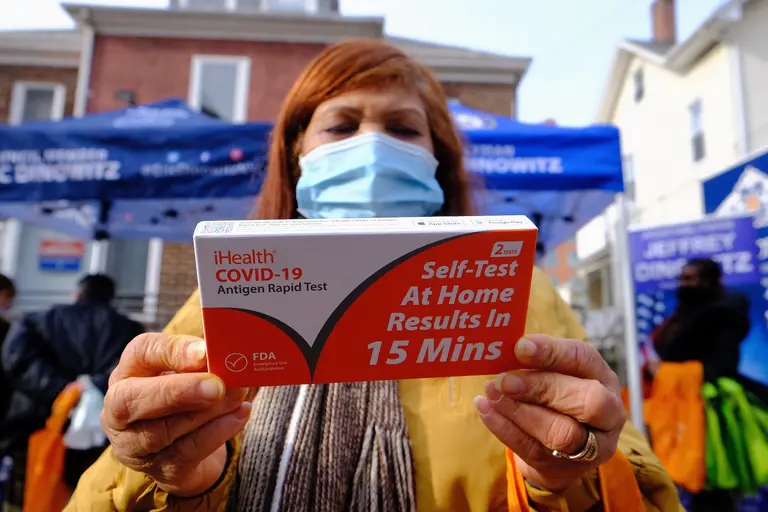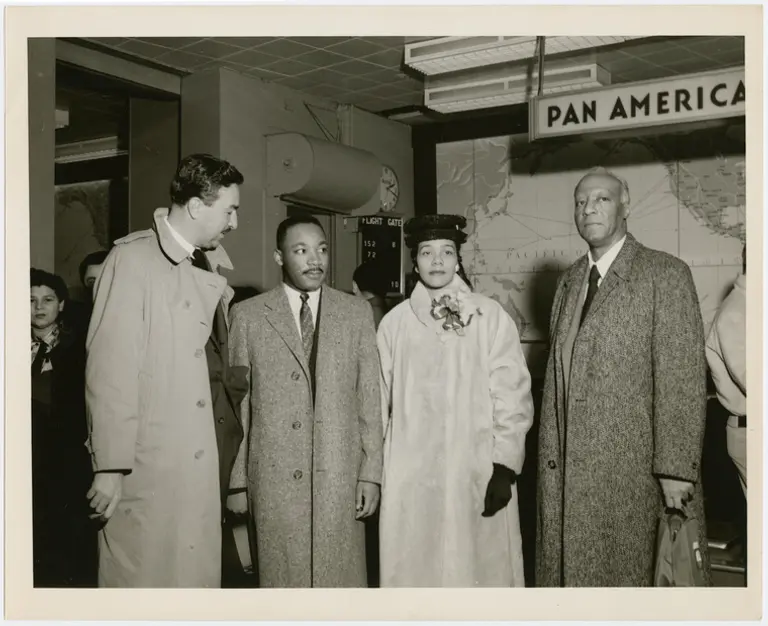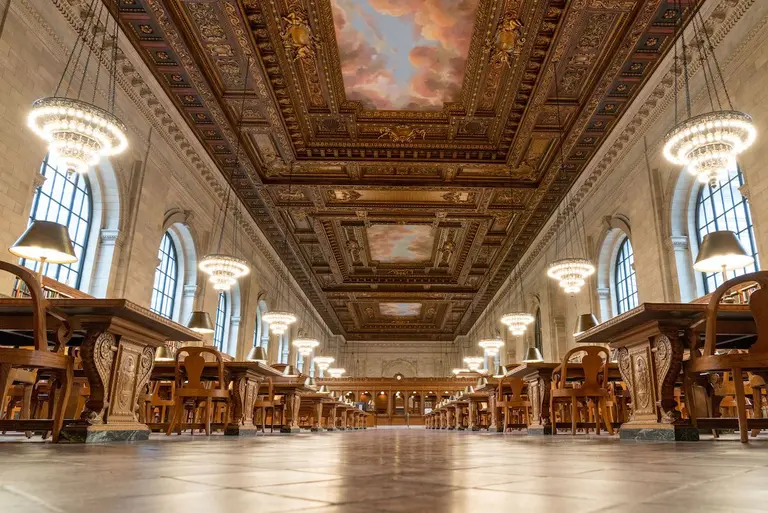NYPL’s historic Jefferson Market branch in Greenwich Village reopens after $10M overhaul
Find out more

Image courtesy of Gerardo Romo/NYC Council Media Unit on Flickr

Dr. Martin Luther King, Jr. and his wife Coretta being greeted by Rev. Adam Clayton Powell, Jr. (left) and labor leader A. Philip Randolph (right) at the Pan American World Airways terminal, in New York City: Image: Schomburg Center for Research in Black Culture, Photographs and Prints Division, The New York Public Library. (1950 – 1959).

Rose Main Reading room via NYPL